After spending a few days in Virginia Beach, Shae and I headed north a few hours to Sterling, VA. That’s near Dulles Airport and is about 30-45 minutes from Washington D.C.
While we were staying in Sterling, we headed into Washington D.C. to visit the International Spy Museum. It’s a museum which had intrigued us since we first heard about it and it came highly recommended by everyone we spoke to who’d visited the attraction themselves.

COVID-19 Precautions
Despite its focus, the International Spy Museum doesn’t attempt to hide itself as it’s in a distinctive building at L’Enfant Plaza. We were visiting in September 2020, so during COVID-times, but after they’d reopened.
Shae and I have been careful about our activities since the pandemic hit and so do very few activities indoors. We have been to a few museums though and have been impressed with how they’ve all dealt with COVID. One of the good things is that the museums we’ve visited have been fairly quiet and so it’s been much easier practicing social distancing than it would be during normal times.
At the time of our visit in September 2020, the International Spy Museum was implementing capacity controls by selling a set number of tickets for time slots throughout the day. That meant visitors flowed through the museum without exhibits getting too crowded, thereby helping ensure people were able to maintain social distancing.
The International Spy Museum is a highly interactive museum, so if you’ve been there before, you might be concerned that the experience right now would be lacking. We’d never visited and so I can’t directly compare before and after, but it seems like they’ve done a fantastic job ensuring that visitors get as close to a full experience as possible.
One reason the museum is so interactive is that there are touchscreen areas throughout the attraction. It’s obviously not safe for everyone to be smearing their fingers over screens right now, so when you arrive you get to pick your own stylus which you carry around with you. This has a rubber end that can be used on the touchscreens to ensure you don’t have to use your fingers.
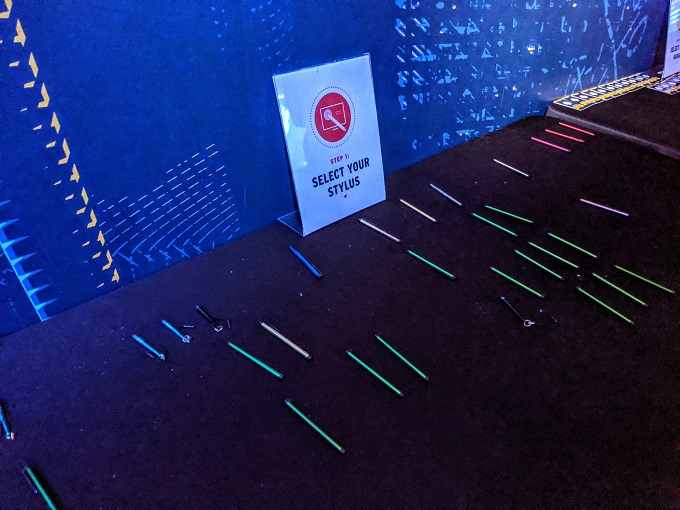
Getting Your Secret Identity
At the International Spy Museum, you don’t just get to learn about spies – you get to be a spy. As a result, you pick up a spy badge which you also carry with you to use at the interactive areas.
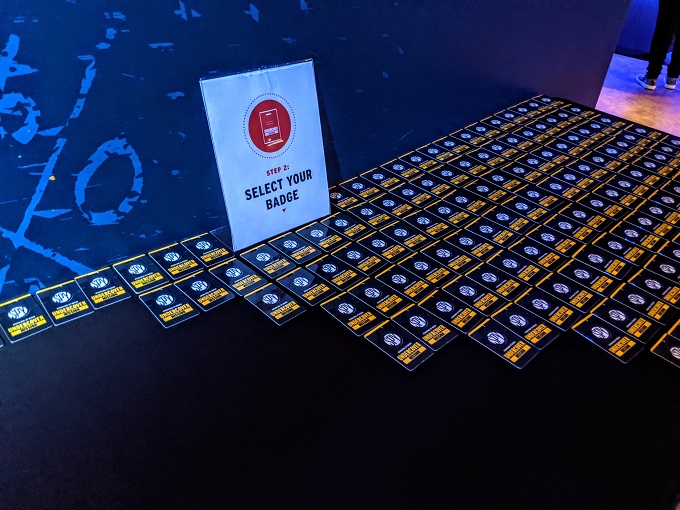
Once you have your stylus and badge, you head to a briefing station to get your secret identity. After providing your age and answering a few personality questions, you’re given a cover identity.
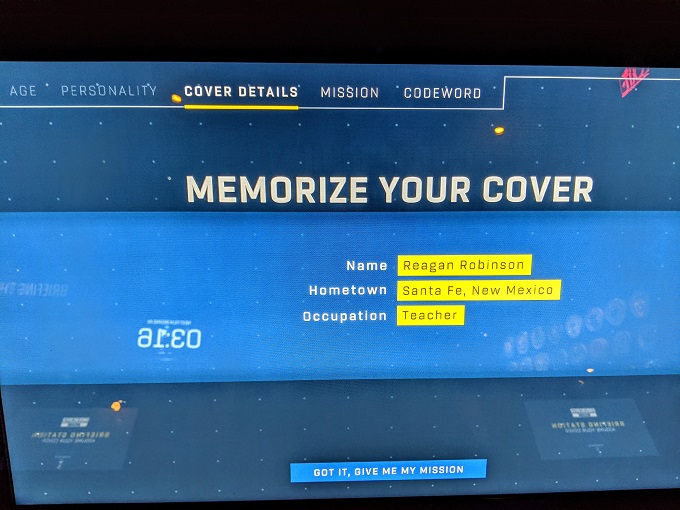
You’re then given a mission and a special codeword. In order to unlock the interactive sections throughout the museum, you’ll need to remember your codeword (mine was Jetpack). When you approach each touchscreen as you walk around the museum, you’ll see your codeword appear on the screen as you get closer (this is done due to the badge you’re carrying). You touch the codeword with your stylus and continue the next stage of your mission.

Exhibits
Once you have your cover identity, you go into a movie theater area which has a brief film preparing you for your visit. You then head through another set of doors to the exhibits.
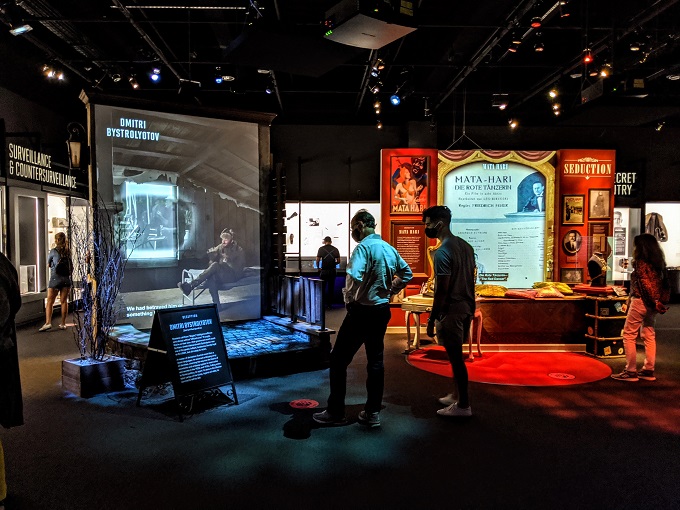
The museum not only has fascinating exhibits, but they’ve set them all out in an incredibly engaging way. Some museums are visual-heavy, others are text-heavy, but the International Spy Museum has found the perfect balance between interactive exhibits, visual and audio exhibits and written information.
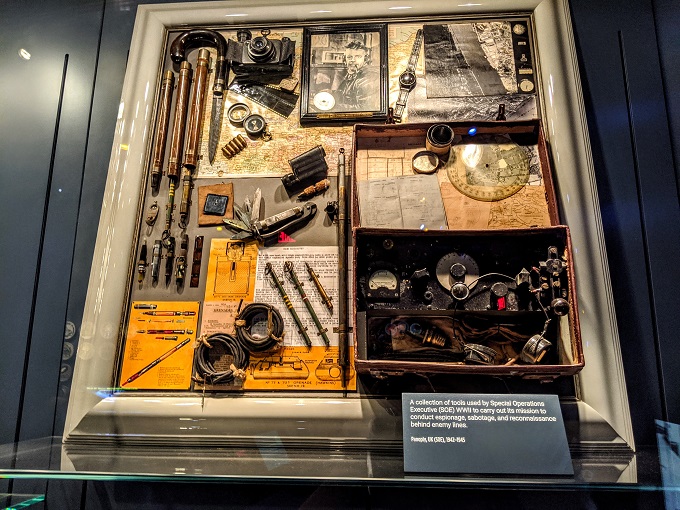
They had a lot of spy and espionage related items from World War II, such as the mini motorcycle below. Special Operations Executive officers parachuted behind enemy lines with the mini motorcycle in an airdrop container. Once they landed, they were able to unfold the bike and get moving within 11 seconds, helping them escape before they could be captured.
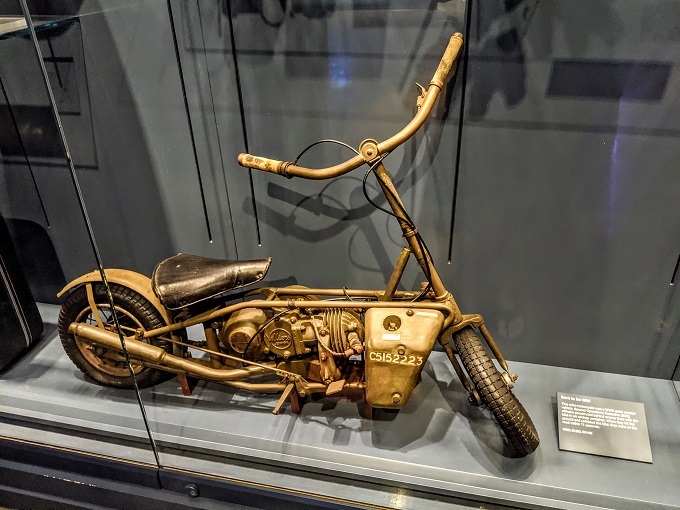
The museum also has some interesting video exhibits. One of them has a former terrorist turned CIA informant called Morten Storm describing his history and why he informed on the terrorist group he’d previously been ideologically aligned with and a member of.
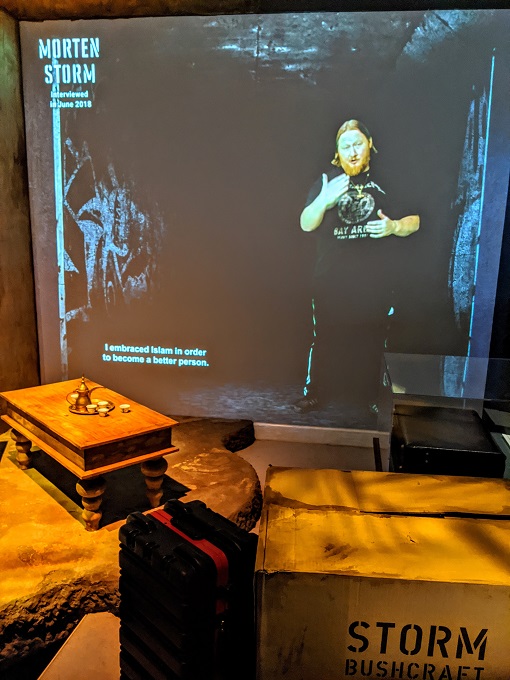
Due to Storm’s Danish heritage, his CIA handler presented him with a Viking horn. The exhibit also displayed the 11 phones he had to keep track of to ensure he was able to communicate securely while working as an agent.
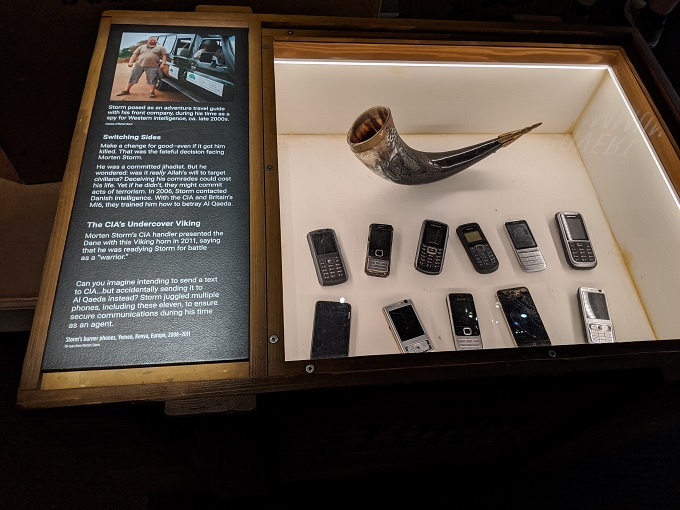
Perhaps the most interesting exhibit was this replica wooden Great Seal of the US. It was given to the Ambassador of the US Embassy in Moscow by some Soviet children in 1945. It remained in their office for seven years before a listening device was discovered inside.
What was unexpected was that the listening device didn’t have any batteries or circuits, which is how it remained undetected for so long. When people spoke, the sound waves from their voices entered small holes beneath the eagle’s beak. Those sound waves vibrated a membrane which modulated a radio beam which was activated from a van sitting outside the embassy. That bounced it back as an audio signal to the people who were sitting in the van listening in.
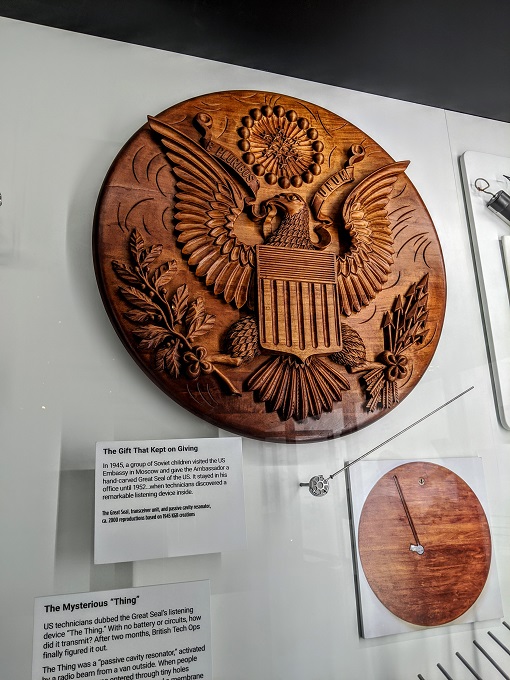
From one hidden spy tool to another. While the Great Seal was able to hide its secret listening capabilities, another exhibit was also hidden by spies, but in a far more uncomfortable way. This rectal toolkit contained ten escape tools which could help a spy escape if they were caught seeing as their captors were less likely to search them that deeply.
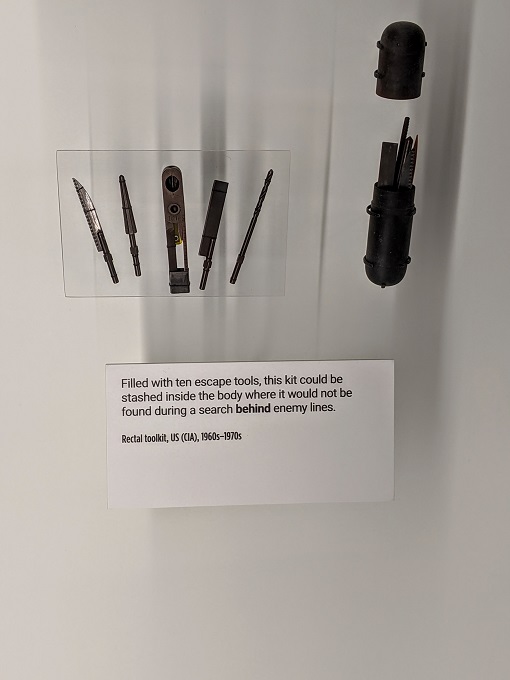
Needless to say, there were several examples of disguises that spies used in the past and, at times, still use today.
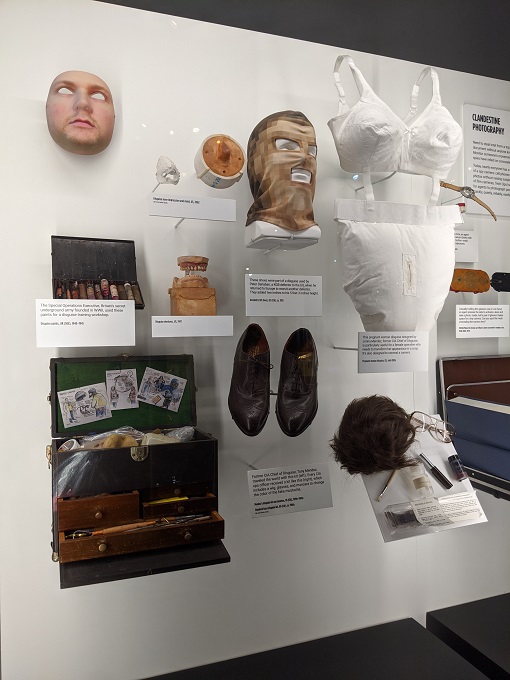
That includes this latex mask used by a US Navy SEAL called Clint Emerson. He was an expert lockpicker who used it during a covert mission which targeted a top Al Qaeda terrorist leader. It’s known as a “five second mask” as that’s all the time it takes to put it on.
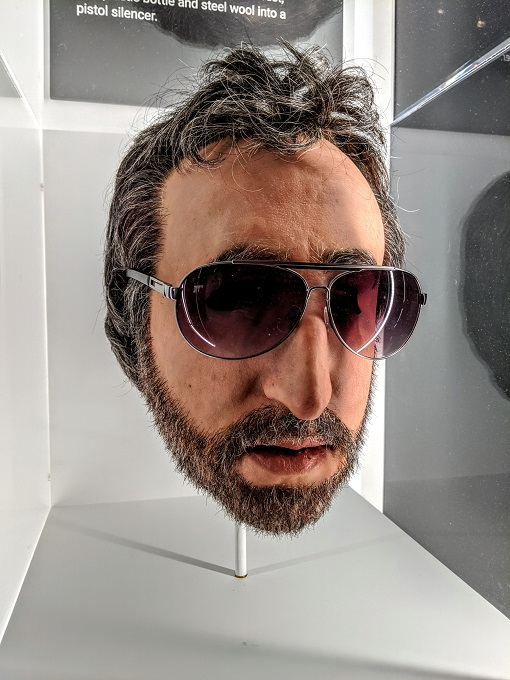
Another of my favorite exhibits was Sleeping Beauty which was like something out of James Bond. It’s a submersible canoe from World War II with a motor on the back to power it when underwater. Its pilot wore an oxygen mask so that they could move around beneath enemy ships for longer while remaining undetected.
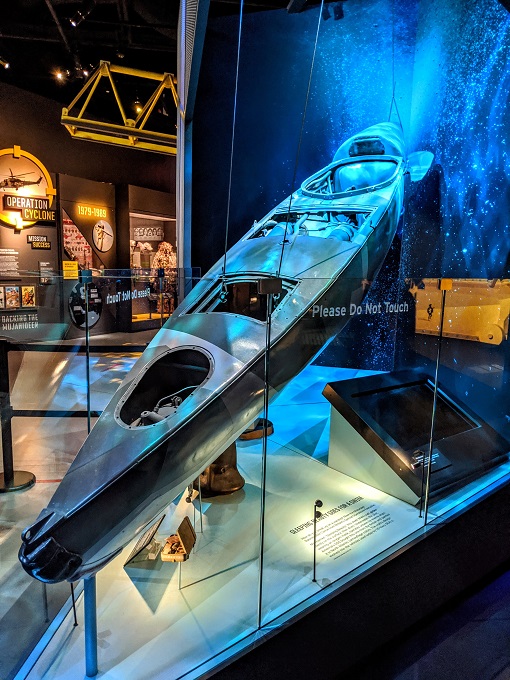
All kinds of spying and misdirection went on during World War II. On D-Day, hundreds of burlap dummies filled with sand were dropped across France with cotton parachutes as a distraction from where the real paratroopers would be landing in Normandy. They were designed so that they’d explode when hitting the ground; not to cause damage, but to destroy evidence of their trickery.
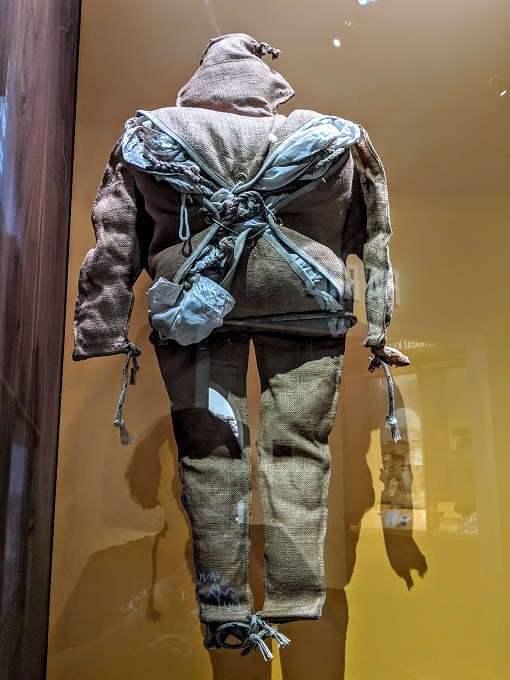
Other exhibits included examples of real life spies…
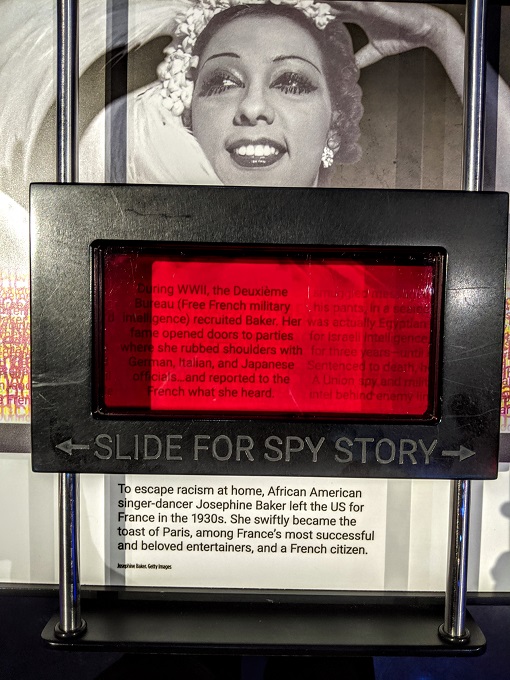
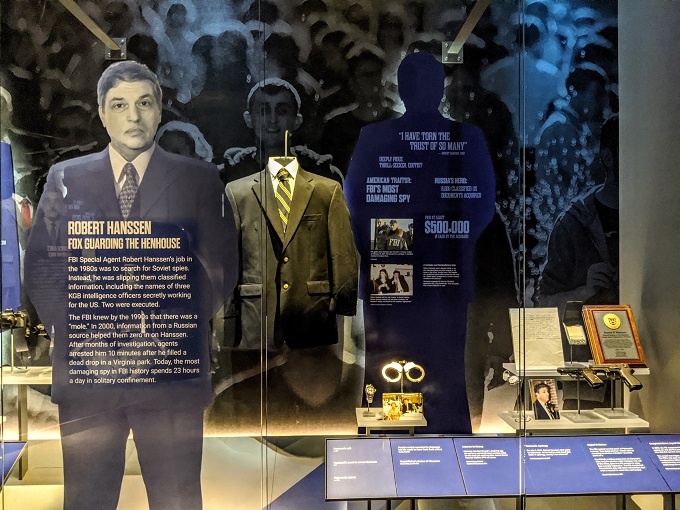
…and a section all about torture.
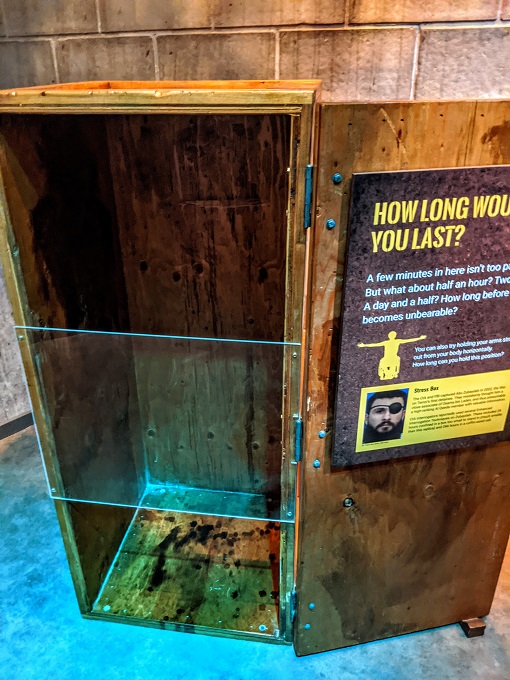
One of the final sections had all kinds of examples of corporate espionage.

Even cookies aren’t immune from spying as there was this account of how Oreos were involved in an economic espionage scheme.


Interactive Exhibits
Throughout the International Spy Museum you’ll find interactive exhibits where you continue your own spying mission using the cover identity you received when arriving at the museum.
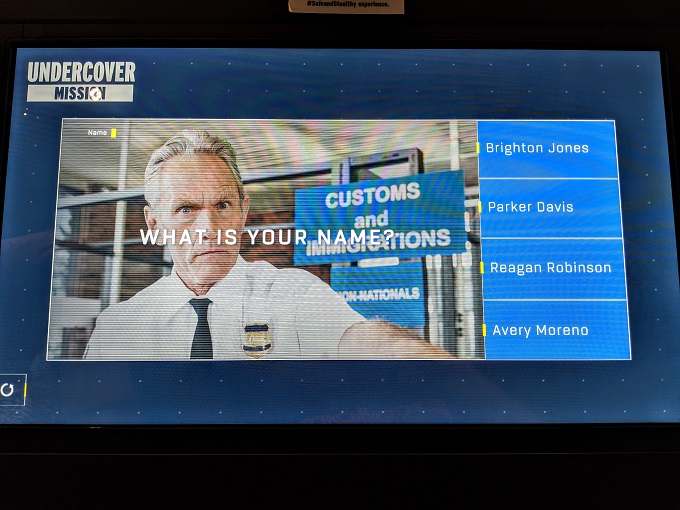
Most of these interactive exhibits help you progress on your mission and involve code breaking…
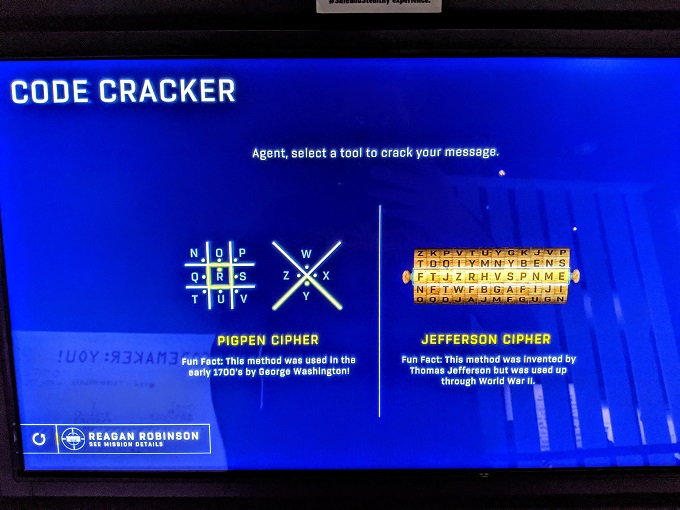
…observation skills…
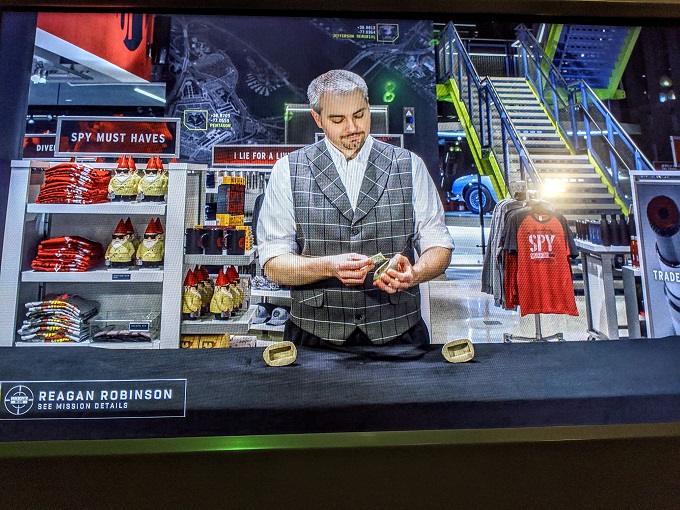
…and identifying the most effective spying techniques.
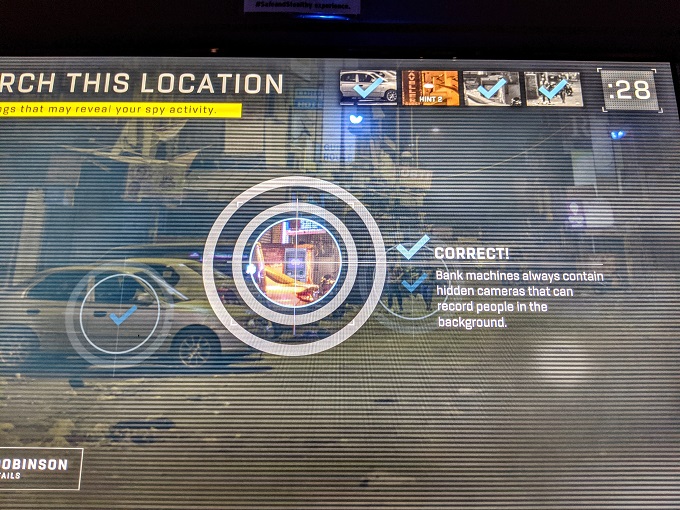
As you might expect, once you come to the end of the exhibits you head into the International Spy Museum’s gift shop which was all kinds of spy-related paraphernalia.
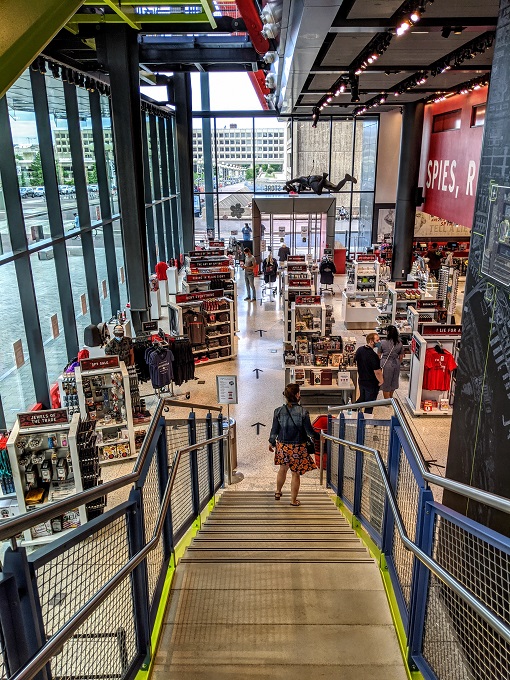
It was very tempting to get this ‘Deny Everything Except COVID-19’ face mask!
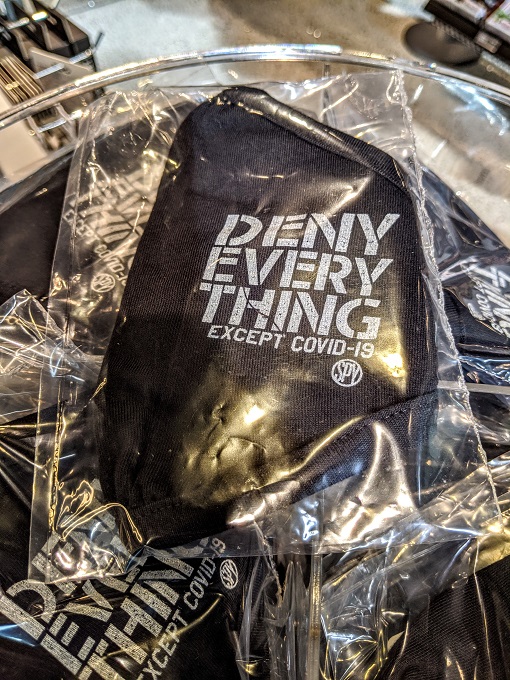
Final Thoughts
The International Spy Museum is a fantastic museum and probably ranks in my top five – or possibly even top three – museums that I’ve ever visited.
It helps that its focus is on such an interesting topic, but they’ve also presented all the exhibits in such interesting ways. There are all kinds of visual and audio exhibits for people that learn best that way, as well as a lot of written text for people that consume information better that way. It’s a museum which is great for people of all ages as everyone – both young and old – will find it interesting.
I was also impressed with how the museum is dealing with the pandemic. All its staff members were wearing masks, there were capacity controls for how many people could visit throughout the day and by providing a stylus to every visitor, they were able to maintain its interactive features so that the experience wouldn’t be diluted while ensuring things were as safe as possible.
International Spy Museum Ticket Prices
Washington D.C. is full of free museums and other activities that cost you nothing to visit (see our list of 25 free things to do in Washington D.C. for ideas).
Don’t let the International Spy Museum’s ticket price put you off though. We’re careful with our 50 state road trip budget, but the cost of the tickets was well worth the experience.
At the time of our visit in September 2020, here’s how much tickets for the International Spy Museum cost:
- Adult (13-64) – $24.95
- Youth (7-12) – $16.95
- Child (6 and under) – Free
- Senior / Military / Law Enforcement / Intelligence Community / College Student (with valid ID) – $22.95
Address
International Spy Museum, 700 L’Enfant Plaza SW, Washington, DC 20024
[…] museums in D.C. were still closed due to COVID. There were a few exceptions though, such as the International Spy Museum which was fantastic and did an excellent job dealing with Coronavirus safety […]